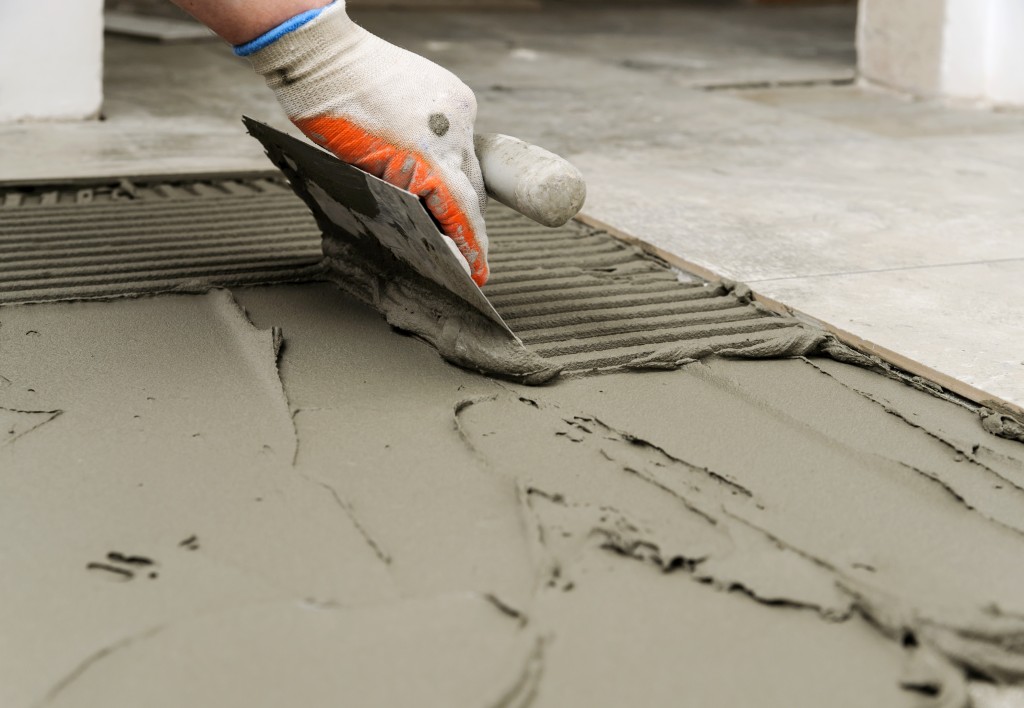Cement and concrete are not the same thing despite how these terms are (inaccurately) used interchangeably. Whether you’re thinking about getting into construction, planning a DIY project, or just simply curious, this article will explain their differences.
What is Cement?
Cement is a binding agent made from crushed limestone, clay, and sand. These ingredients are combined with iron ore. The mixture is then heated to temperatures reaching 1,450 degrees Celsius in a large rotary kiln. The material that emerges from this process is called clinker. After cooling, the clinker is ground into a fine powder.
Most of the cement used today is hydraulic. This means it will harden after being combined with water.
Portland is not a brand of cement. It is the most common kind of hydraulic cement used in virtually everything.
Here are the five types of Portland cement.
1. Type I — This type of cement is for general use. It has no special attributes.
2. Type II — This type of cement has some sulfate resistance. Most of the cement sold in North America is Type 2.
3. Type III — This type of cement gains strength faster than Type 1 and is used in projects that require faster turnaround times.
4. Type IV — This type of cement gains strength slower than the others and is used for massive construction projects.
5. Type V — This type of cement has extreme sulfate resistance. It is referred to in some European countries as Ferrari cement.
Since cement is only a binding agent, it is much softer than concrete.

What is Concrete?
Concrete is the end product of a mixture of cement, water, and other aggregates like sand and gravel. Its different types depend on the ratio of the ingredients. The typical formula looks like this —10-15 percent cement, 60-75 percent sand and gravel, and 15-20 percent water. These ratios are changed depending on the needs of the project.
The hydration (setting and hardening) process of concrete continues for a long period of time. This means concrete gets stronger and harder as time passes. Sometimes, metal frames or bars are used with concrete to minimise the possibility of cracking when it solidifies.
You can opt to mix concrete yourself by buying a bag of cement, sand, and gravel. This is enough for small DIY projects around the house. However, if your project needs more concrete you should consider getting ready mixed concrete. Professionals have trucks that either mix concrete in transit or on-site.
Other Nuggets
Concrete is highly sustainable. It can last for ages while just getting stronger. Crushed concrete can again be used as aggregates of new projects. It has the ability to absorb heat.
Those are concrete trucks, not cement. The large trucks you see with revolving containers are concrete trucks, since cement is only powder and usually transported in bags.
The Pantheon in Rome is believed to be one of the first concrete structures ever built. It still stands today despite not having structural support materials like steel. Scientists report this is the result of adding volcanic ash in the concrete mixture.
Knowing the difference between cement and concrete is important whether you are planning on using them or not. After all, concrete is the most widely used construction material.

